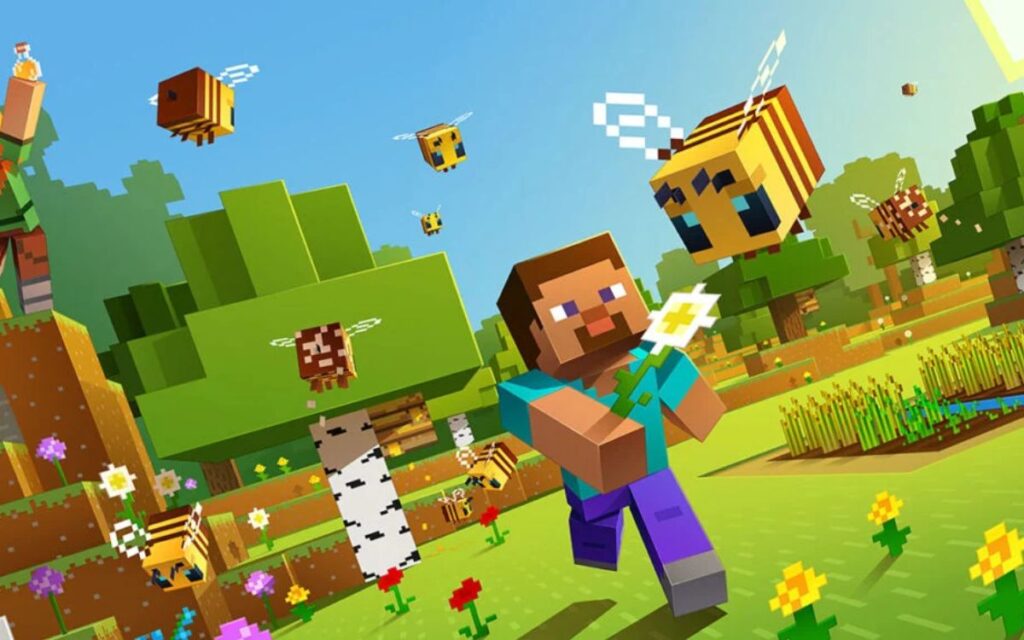Building a Game Community: Strategies for Lasting Fan Engagement
In the rapidly evolving landscape of the gaming industry, the importance of community engagement cannot be overstated. A robust game community not only enhances player retention but also drives organic growth through word-of-mouth marketing. This article delves into advanced strategies for building a lasting game community, supported by real-world examples, research findings, and complex data analysis.
The Importance of Community in Gaming
Community engagement is a critical component of the gaming ecosystem. According to a report by Newzoo, 75% of gamers consider community interaction a vital aspect of their gaming experience. Furthermore, a study published in the Journal of Business Research indicates that engaged communities can increase player retention rates by up to 30%. This statistic underscores the necessity for game developers and publishers to invest in community-building strategies.
Understanding Your Audience
Before implementing community-building strategies, it is essential to understand the target audience. Utilizing data analytics tools can provide insights into player demographics, preferences, and behaviors. For instance, platforms like Google Analytics and Mixpanel can track user engagement metrics, allowing developers to tailor their community initiatives effectively.

The use of data analytics tools provides valuable insights into player demographics, preferences, and behavior.
Segmentation and Personalization
Segmentation involves categorizing players based on various criteria such as age, gaming preferences, and engagement levels. By employing machine learning algorithms, developers can analyze player data to create personalized experiences. For example, Riot Games uses player segmentation to tailor in-game events and community challenges, resulting in a 20% increase in player participation during community events.
Creating Engaging Content
Content is the lifeblood of any gaming community. Engaging content not only attracts players but also fosters a sense of belonging. Developers should focus on creating diverse content types, including tutorials, live streams, and user-generated content (UGC).
Live Streaming and Esports
Live streaming has emerged as a powerful tool for community engagement. Platforms like Twitch and YouTube Gaming allow developers to connect with their audience in real-time. For instance, the success of the Fortnite World Cup, which attracted over 2.3 million concurrent viewers, exemplifies how live events can galvanize community interest. According to a report by StreamElements, live streaming revenue reached $1 billion in 2020, highlighting its potential for monetization and community building.
User-Generated Content
User-generated content is another effective strategy for fostering community engagement. Encouraging players to create and share their content not only enhances player investment but also enriches the game’s ecosystem. For example, the game Minecraft has thrived on UGC, with players creating mods, skins, and entire worlds. According to a survey by Statista, 60% of Minecraft players engage with UGC, demonstrating its impact on community cohesion.

Minecraft’s success was driven by UGC, with players creating mods, skins, and entire worlds, continuously expanding the game’s universe.
Building Communication Channels
Effective communication is paramount in maintaining an engaged community. Developers should establish multiple communication channels to facilitate interaction between players and the development team. These channels can include forums, Discord servers, and social media platforms.
Discord as a Community Hub
Discord has become the de facto platform for gaming communities. With over 150 million monthly active users, it offers a space for players to interact, share experiences, and provide feedback. For instance, the game Among Us leveraged Discord to build a vibrant community, resulting in a 500% increase in player base during its peak popularity. Developers can create dedicated channels for announcements, feedback, and community events, fostering a sense of belonging among players.
Incorporating Feedback Loops
Feedback loops are essential for understanding player needs and preferences. Developers should actively solicit feedback through surveys, polls, and community discussions. According to a study by the International Journal of Information Management, companies that implement feedback loops see a 25% increase in customer satisfaction.
Iterative Development Based on Community Input
Iterative development based on community feedback can significantly enhance player satisfaction. For example, the game No Man’s Sky faced initial criticism for failing to meet player expectations. However, the developers at Hello Games actively engaged with the community, implementing feedback and releasing multiple updates that aligned with player desires. This approach not only salvaged the game’s reputation but also resulted in a resurgence of player interest, with a reported 90% increase in player count post-update.
Hosting Events and Competitions
Hosting events and competitions is an effective way to engage the community and create excitement around a game. These events can range from in-game challenges to real-world tournaments. According to a report by Esports Earnings, the esports industry generated over $1 billion in revenue in 2020, showcasing the potential of competitive gaming as a community engagement strategy.
Case Study: The League of Legends World Championship
The League of Legends World Championship is a prime example of how competitive events can galvanize community engagement. The 2020 championship attracted over 3.8 million concurrent viewers, with a total prize pool exceeding $4 million. The event not only showcased top-tier gameplay but also fostered a sense of community among fans, leading to increased player retention and engagement.
Leveraging Social Media
Social media platforms are invaluable tools for community engagement. Developers should maintain an active presence on platforms like Twitter, Facebook, and Instagram to share updates, engage with players, and promote community events. According to a study by Sprout Social, 64% of consumers want brands to connect with them on social media, highlighting its importance in community building.
Creating Shareable Content
Creating shareable content is crucial for expanding community reach. Memes, fan art, and highlight reels can encourage players to share their experiences, thereby attracting new players. For instance, the game Fall Guys: Ultimate Knockout saw a surge in popularity due to its shareable content on social media, resulting in over 11 million downloads within the first week of release.
Measuring Success and Adapting Strategies
Finally, measuring the success of community engagement strategies is essential for continuous improvement. Key performance indicators (KPIs) such as player retention rates, engagement metrics, and community growth should be regularly analyzed. Tools like Tableau and Google Data Studio can help visualize this data, enabling developers to make informed decisions.
Adapting to Changing Trends
The gaming landscape is constantly evolving, and developers must be agile in adapting their strategies. For instance, the rise of mobile gaming has shifted player demographics, necessitating a reevaluation of community engagement tactics. According to a report by Statista, mobile gaming revenue is projected to reach $100 billion by 2023, emphasizing the need for developers to cater to this growing audience.
Conclusion
Building a lasting game community requires a multifaceted approach that encompasses understanding the audience, creating engaging content, establishing communication channels, incorporating feedback, hosting events, leveraging social media, and measuring success. By implementing these strategies, developers can foster a vibrant community that not only enhances player experience but also drives long-term growth. The key takeaway is that a well-engaged community is not just a byproduct of a successful game; it is an integral component that can significantly influence a game’s longevity and success in the competitive gaming landscape.

